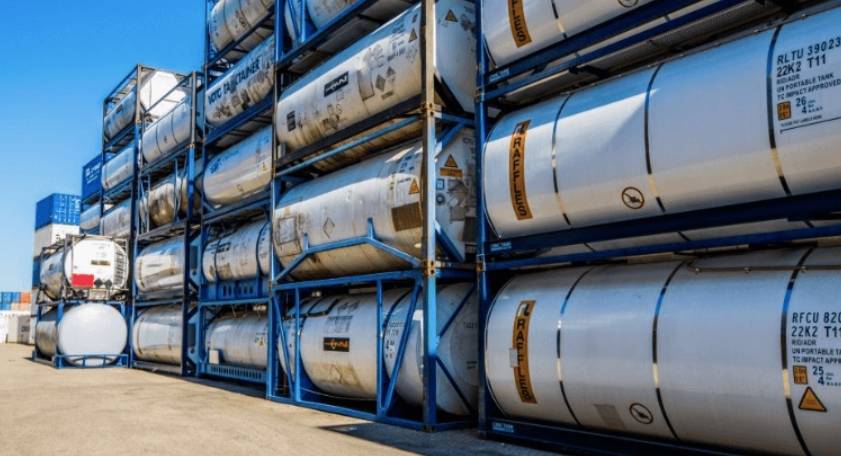Interborders, an Argentine company that provides logistics solutions for the chemical and pharmaceutical industry, views the international experience of transporting hazardous goods.
Due to the intricate framework of global supply chains, there is an increasing trend in Argentina for the demand of inputs categorized as hazardous.
Industries rely on crucial products such as lithium batteries, fuels, oils, and inputs from the chemical and pharmaceutical sectors to operate effectively. According to experts, the most effective method for transporting these products across multiple modes of transportation is intermodal transport. This approach can lead to cost savings and improved service quality.
Despite the various challenges that impact the transportation of such goods, the integration of air, sea, and land transportation modes contributes to the growth of global imports and exports. As a result, over 200 million tons of chemical products are transported annually by sea.
Challenges in freight transportation by the International Maritime Organization (IMO)
Mishandling of these goods can result in severe harm to the health of individuals and other living organisms, as well as significant material damage. As a result, organizations such as IMO, IATA, and ICAO enforce stringent regulations for imports and exports. However, the frequent alterations in procedures and documentations requirements hinder rapid delivery and disrupt supply chains.
Johanna Mansilla, the head of Interborders’ Forwarding Division, emphasizes:
“Logistics operators handling such goods should minimize risks and optimize the distribution chain to avoid further delivery delays”.
She highlights that the port is a critical hub in the distribution chain due to its intermodal and logistical function, and it plays a vital role in ensuring the safe handling of such cargo.
Exporting for the future
Due to their eco-friendliness, quick charging capability, and long lifespan, lithium-ion batteries have emerged as a vital component of the electronics industry, and they are now at the forefront of freight transportation by the IMO.
Cristian Massara, an expert in sea and air exports at Interborders, say:
“Exporting hazardous cargo involves meticulous documentation, appropriate packaging, and constant negotiations with airlines and shipping companies, as not all of them are willing to transport such goods. Therefore, it is crucial to establish agreements to secure the limited available space, which is in high demand in our country.”
In the next decade, electric mobility is projected to account for nearly 90% of the global demand for lithium-ion batteries, which are crucial for the production of electric vehicles, bicycles, and scooters. Argentina sees this as a significant opportunity and places its hopes on the lithium trade. By 2030, the country aims to meet 17% of the global demand for lithium, with exports valued between US$2,000 million and US$3,500 million per year.
Argentina boasts the world’s second-largest lithium reserves and is in the advanced exploration stage of projects in Salta and Jujuy. The United States, Japan, and China are among the major importers of lithium from Argentina. If the country continues to exploit its reserves, it has the potential to become a global leader in this economic resource, which would further increase its exports of IMO goods.
Hence, companies engaged in transporting hazardous materials need to leverage their experience and create international documents to ensure that the transportation of these goods conforms to the required safety and quality standards.

